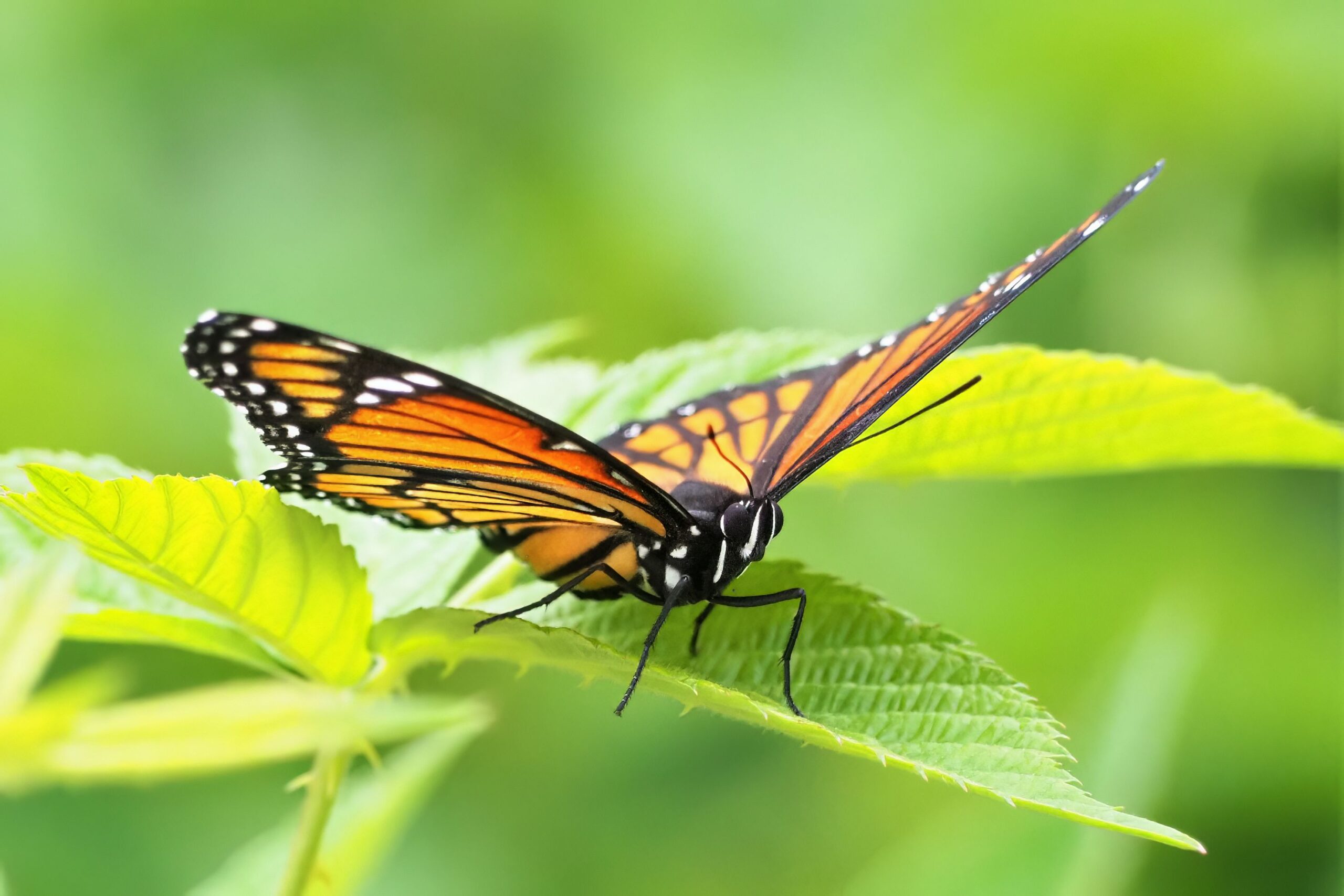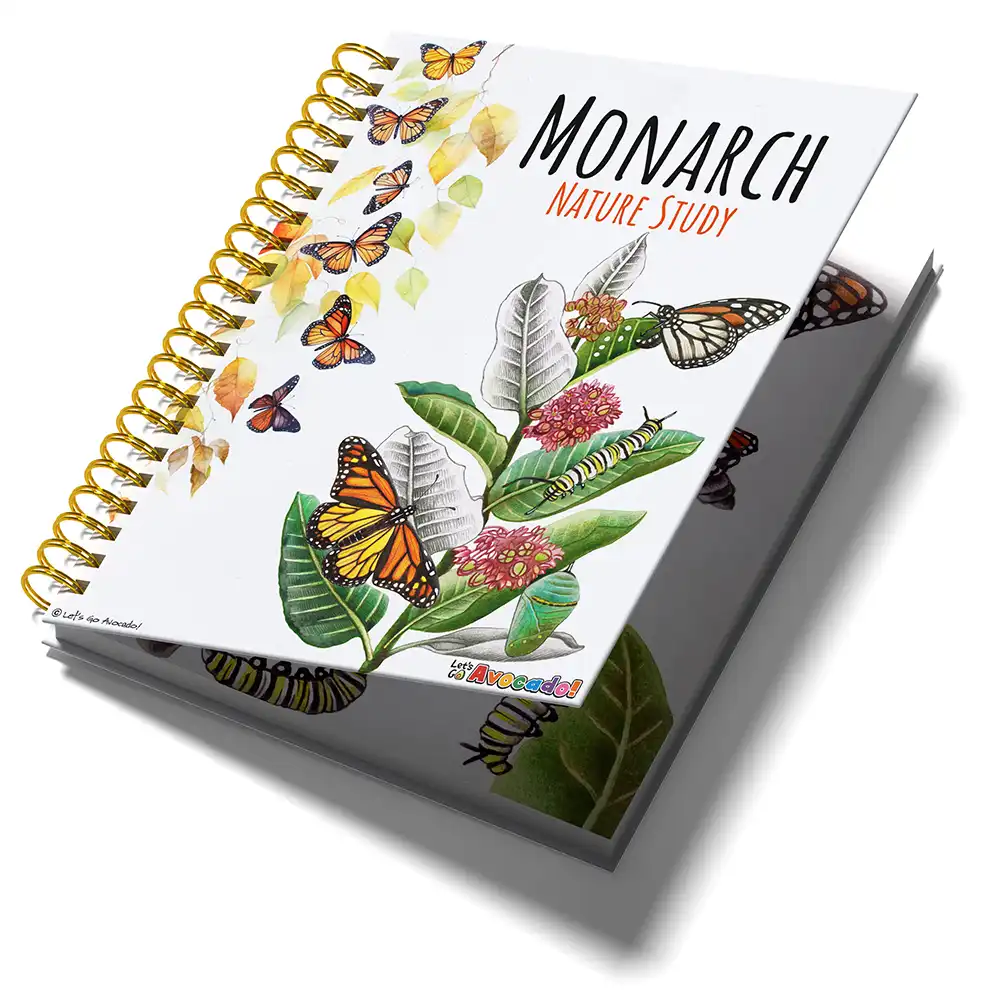This page may contain affiliate links.
Read our disclosure and privacy policy here.
In the heart of the natural world, an incredible transformation unfolds – the metamorphosis of a monarch caterpillar into a magnificent monarch butterfly. This extraordinary journey is a marvel of biology, a sequence of meticulously orchestrated changes that showcase the astounding abilities of nature.
Table of Contents
The Lifecycle Of Monarch Butterflies
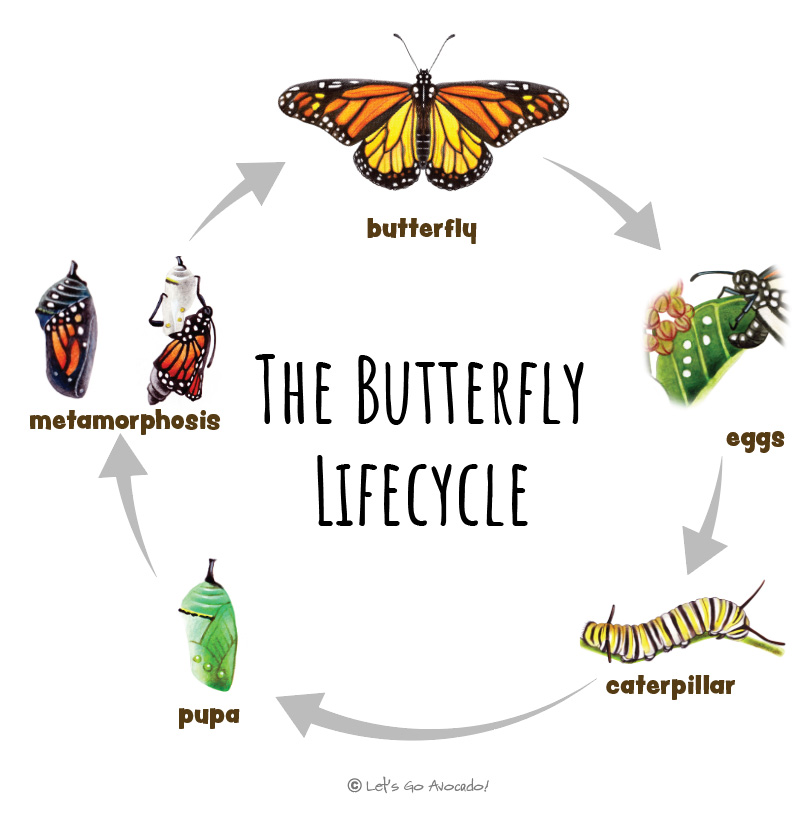
Egg to Caterpillar: The Beginnings
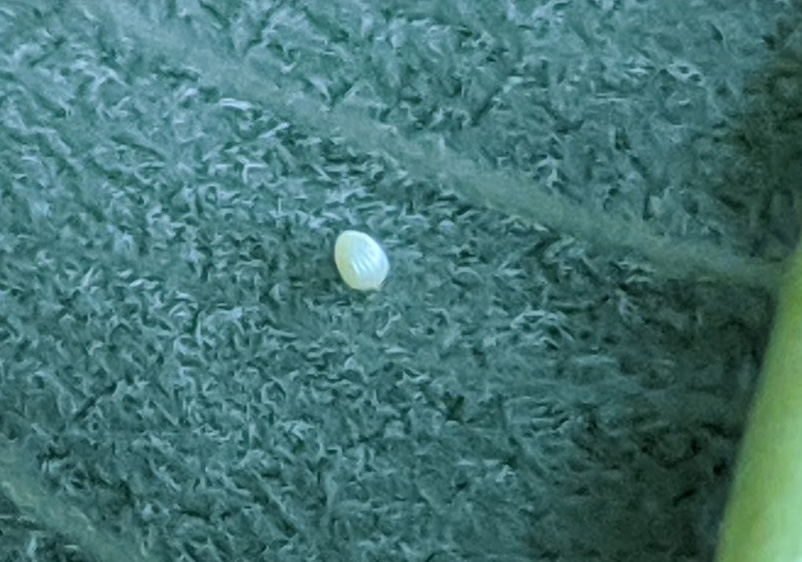
A tiny monarch butterfly egg on the underside of a milkweed leaf.
The story begins with a tiny, almost invisible egg laid by a female monarch butterfly on the underside of a milkweed leaf. This egg, no larger than a pinhead, holds the blueprint for the caterpillar’s development. Over the course of several days, a tiny caterpillar hatches out of the egg.
This caterpillar, recognizable by its distinctive black, yellow, and white stripes, is driven by an insatiable appetite. It starts feeding voraciously on milkweed leaves, which serve as its primary food source. This phase of rapid growth is fueled by the nutrients present in the leaves, enabling the caterpillar to undergo multiple molts as it increases in size.
Preparation for Pupal Stage: Transformation Within
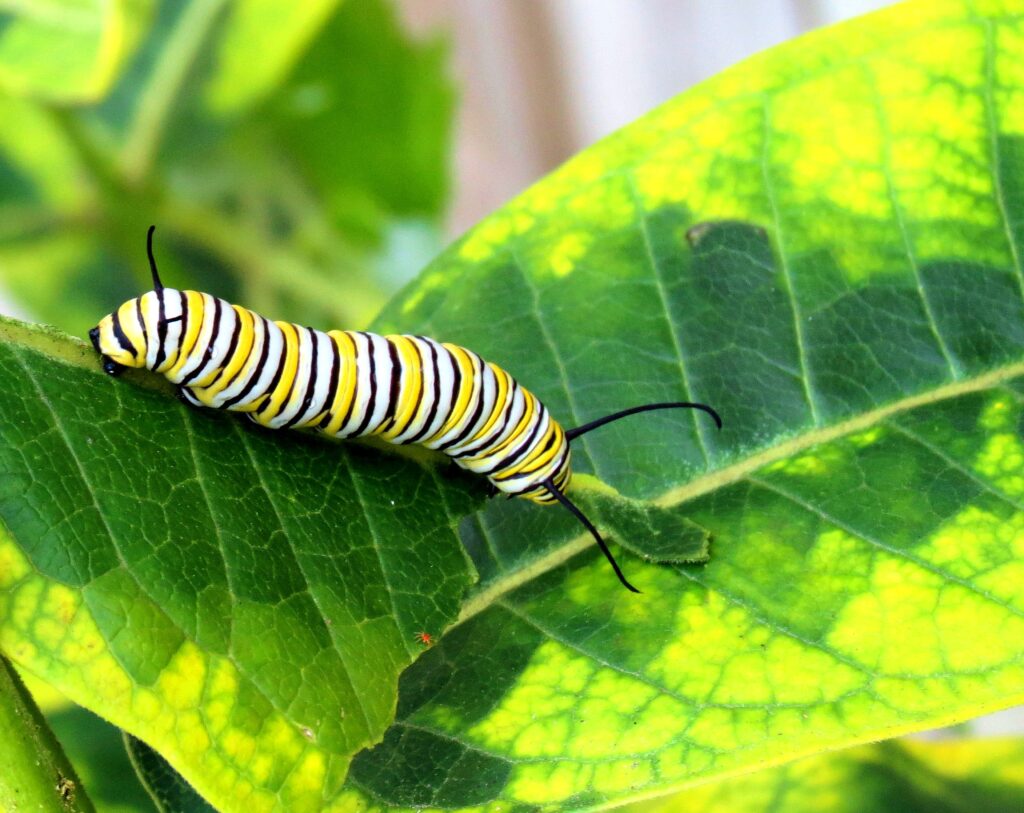
A monarch caterpillar in its final stages of growth.
As the caterpillar continues to grow, it undergoes several stages of molting, shedding its outer skin to accommodate its expanding body. After a series of molts, the caterpillar reaches a critical point in its development. At this stage, it attaches itself to a surface, such as a leaf or a branch, using silk threads produced by its mouth. This marks the beginning of the pupal stage.
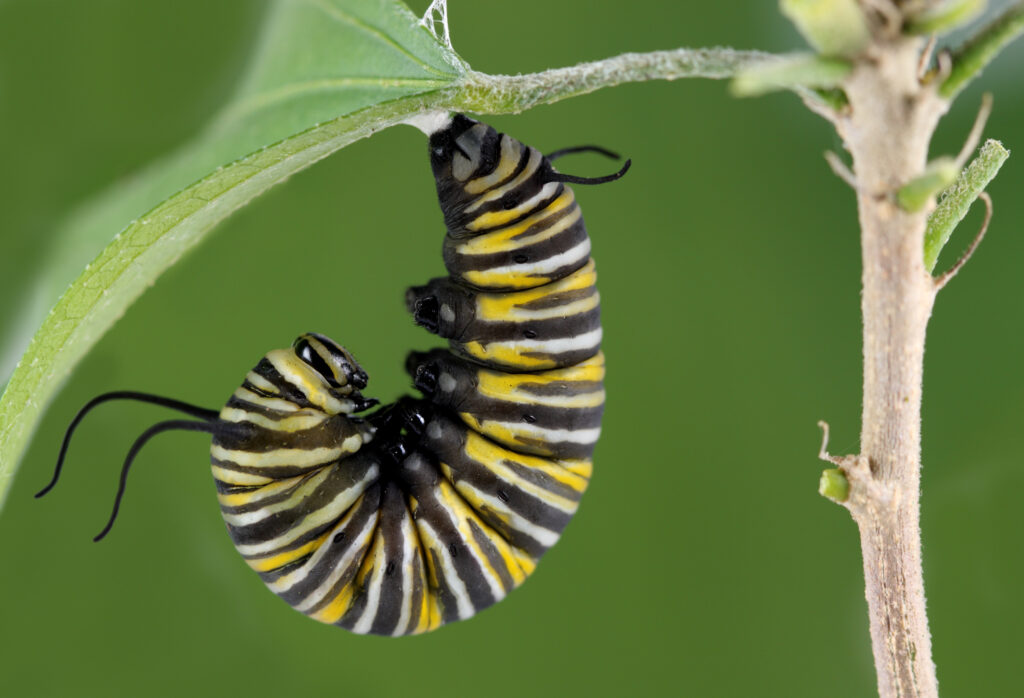
A monarch caterpillar in the “J” position, ready to pupate.
The pupal stage is a time of profound change, which begins with the formation of a chrysalis. The chrysalis is a protective casing, often jade-green in color with golden accents. Within this casing, the caterpillar’s body undergoes an astonishing transformation.
Chrysalis: The Hidden Metamorphosis
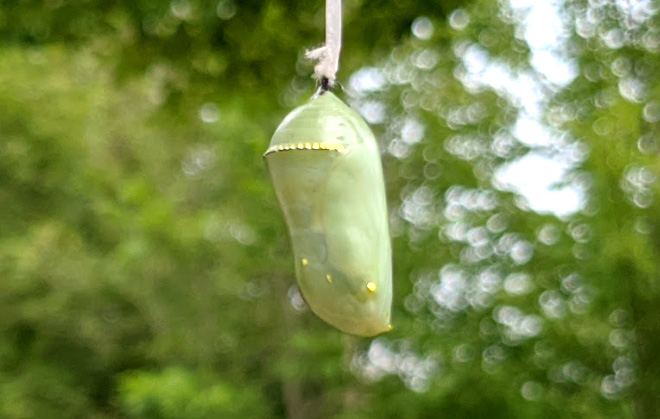
A monarch chrysalis.
Inside the chrysalis, a complex series of biological processes takes place. The caterpillar’s body liquefies, breaking down into a soupy mixture of cells and tissues. This process, known as histolysis, is facilitated by enzymesEnzymes are like tiny helpers in our bodies and in nature. They are special substances that help speed up chemical reactions. They have specific jobs and shapes, just like tools. They are like the little workers that make sure everything runs smoothly. Learn More that break down the caterpillar’s old structures.
As this breakdown occurs, clusters of cells known as imaginal discs, which were present in the caterpillar’s body all along, become activated. These imaginal discs contain the genetic information necessary for the development of adult structures, such as wings, antennae, and legs.
Emergence of the Adult: The Butterfly Takes Flight
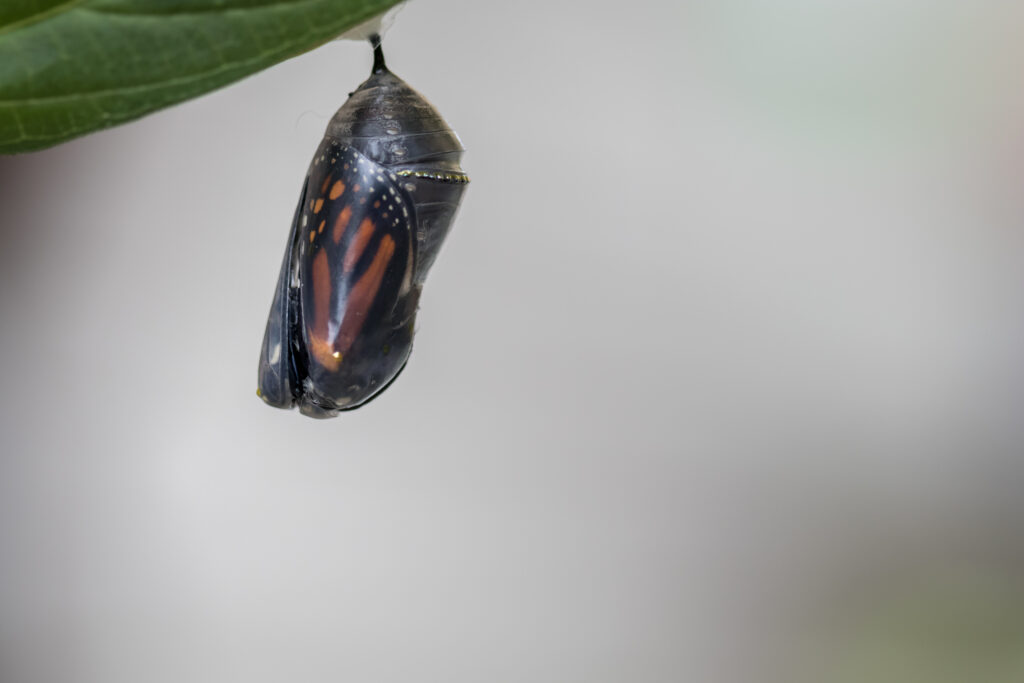
A transparent chrysalis indicates that the adult monarch butterfly is about to emerge.
After a period of transformation that varies depending on factors like temperature and species, the chrysalis becomes transparent, revealing the intricate changes taking place within. As the process nears completion, the chrysalis splits open, and the adult butterfly emerges.
At this stage, the butterfly’s wings are soft, crumpled, and damp. It takes some time for the wings to fully expand and harden. Once the wings are ready, the butterfly pumps hemolymph (the insect equivalent of blood) into its wings, causing them to unfurl and take on their final shape.
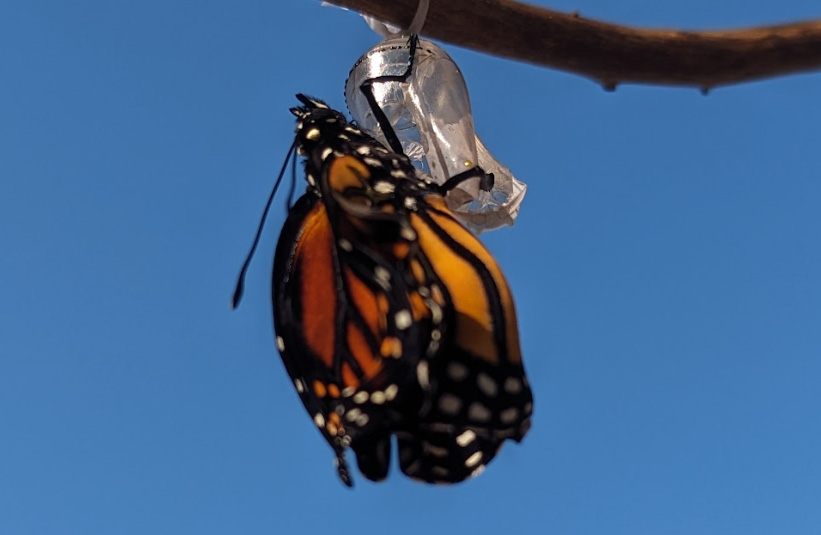
The newly emerged monarch butterfly’s wings are crumpled and soft. Over the next few minutes they will get pumped up and expand.
The Final Stage: From Ground to Air
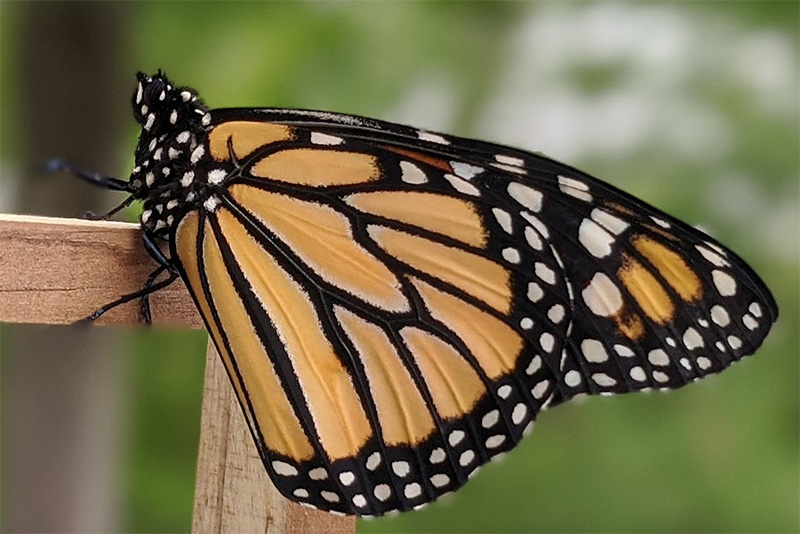
Monarch butterfly with wings fully expanded, ready to take flight.
With its wings fully expanded and functional, the butterfly is ready to take its first flight. It relies on its wings for movement, navigating the air with remarkable grace. The butterfly’s primary goal at this stage is to find food, mainly nectar from flowers, to sustain its energy.
Additionally, the monarch butterfly plays a vital ecological role as a pollinator. As it visits flowers to collect nectar, it transfers pollen from one flower to another, aiding in the reproduction of plants. This process is essential for the survival of many plant species and the ecosystemsAn ecosystem is a community of living organisms, like insects and birds, and non-living components, like water and rocks, that interact with each other in a specific area. Learn More they inhabit.

There’s a lot to explore right where we are, in our own neighborhoods and backyards! Join us while we get off the couch and explore the everyday wonders of nature, science, space, engineering, art, and anything else we stumble upon during on our adventures.


